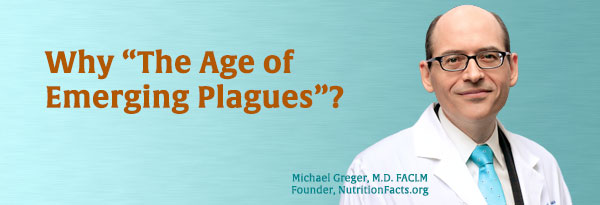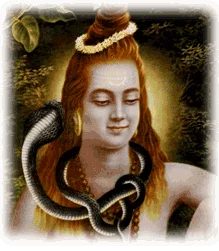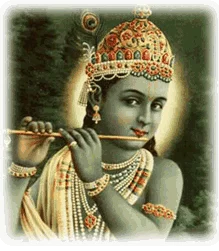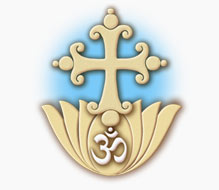
In the sea of information and opinions about COVID-19 in which we are all floundering, we recently discovered a harbor of sanity. Dr. Michael Greger, author of How Not to Die and founder of NutritionFacts.org, recently posted a video and transcript of a presentation “Pandemics: History and Prevention” that he gave over ten years ago, when the bird flu was in full swing. In it he presents the history of infectious diseases, and the treatment of it by preventing their emergence.
Three ages of disease
Medical anthropologists identify three major periods of disease, beginning about 10,000 years ago when human beings began the domestication of animals. “When we brought animals into the barnyard, they brought their diseases with them” – measles from cows and sheep, smallpox from camels, whooping cough from pigs, typhoid fever from chickens, and the common cold from horses.
“The next great period of human disease started just a few hundred years ago with the Industrial Revolution of the 18th and 19th centuries, leading to an epidemic of the so-called diseases of civilization: diabetes, obesity, heart disease, cancer, etc. But by the mid-twentieth century, the age of infectious disease at least was thought to be over… But then, something changed. Starting around 1975, new diseases started to emerge and reemerge at a rate unheard of in the annals of medicine. More than 30 new diseases in 30 years––mostly newly discovered viruses.
“We may soon be facing, according to the US Institute of Medicine, what they call a catastrophic storm of microbial threats. We are now smack dab in the third era of human disease, which seems to only have started about 30 years ago. Medical historians have called this time in which we live the Age of Emerging Plagues, almost all of which come from animals.
“But we domesticated animals 10,000 years ago. What has changed in recent decades to bring us to this current situation? Well, we are changing the way animals live.”










 There are a lot of misconceptions about being a vegetarian; protein is one of the main topics of debate as a lot of people think that you can only get protein from meat. Vegetarians get a lot of protein, if they eat a variety of fruits, vegetables, grains and legumes. What vegetarians don’t get is the excess protein of traditional American diet, excess that leads to kidney overload and mineral deficiency diseases.
There are a lot of misconceptions about being a vegetarian; protein is one of the main topics of debate as a lot of people think that you can only get protein from meat. Vegetarians get a lot of protein, if they eat a variety of fruits, vegetables, grains and legumes. What vegetarians don’t get is the excess protein of traditional American diet, excess that leads to kidney overload and mineral deficiency diseases.